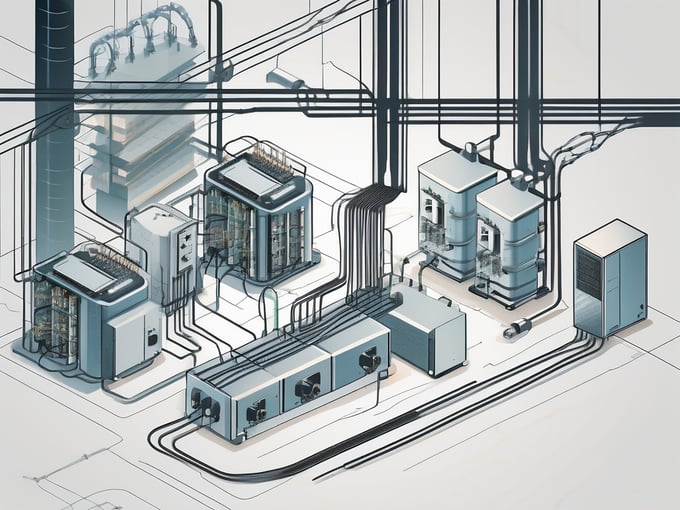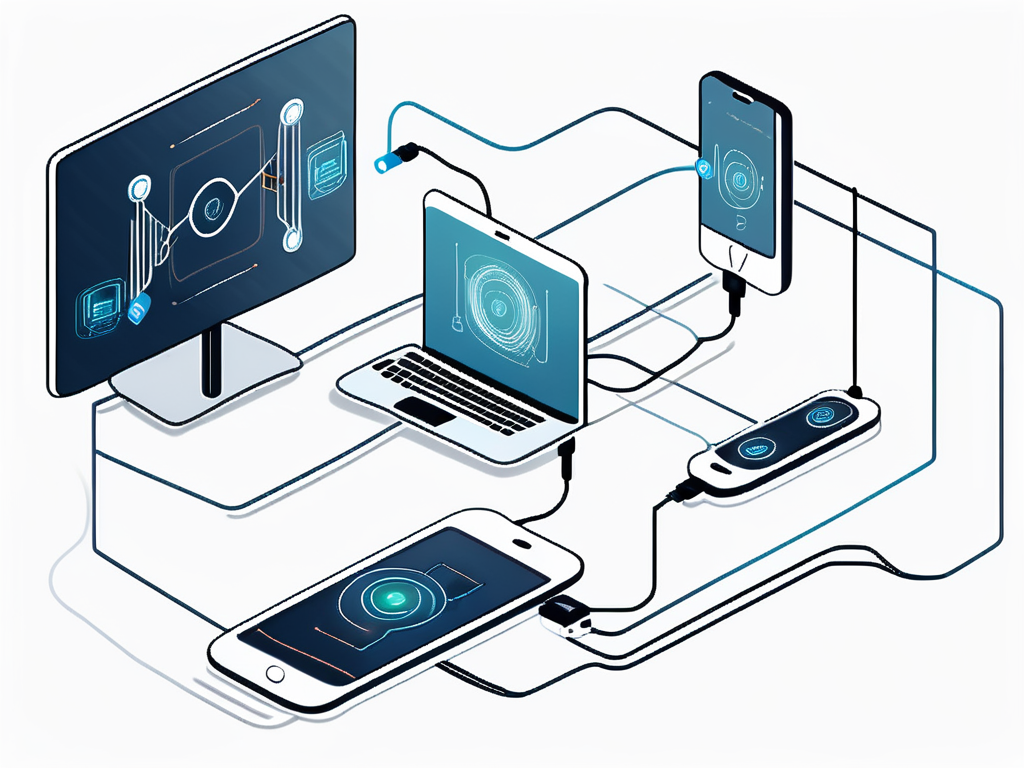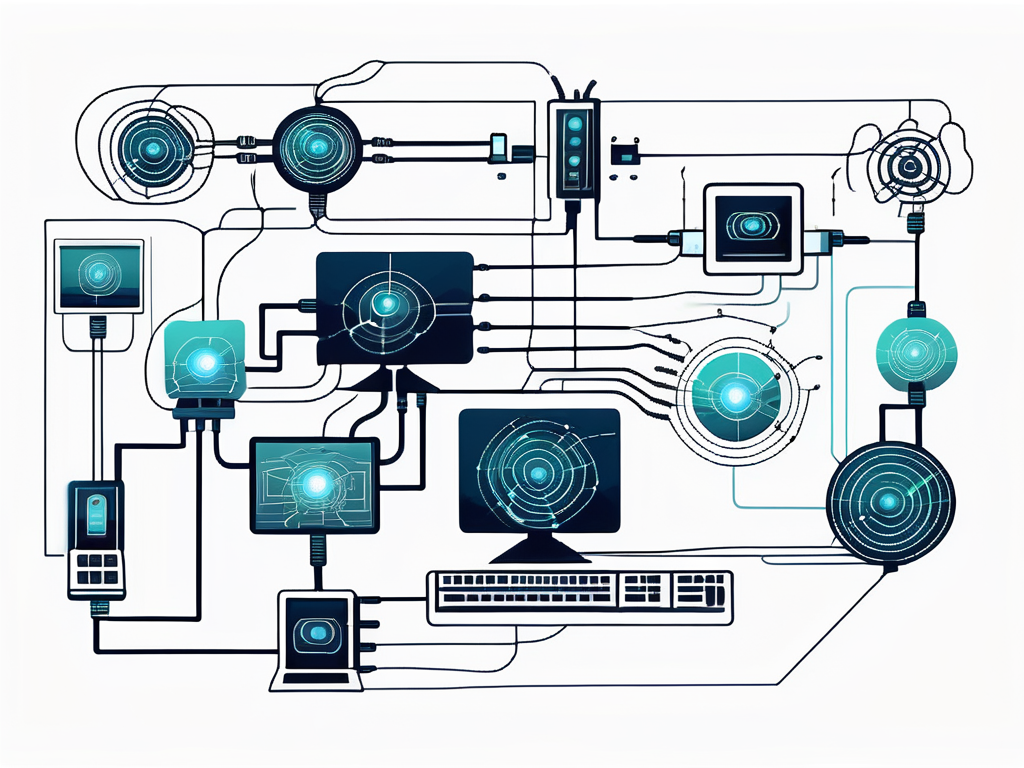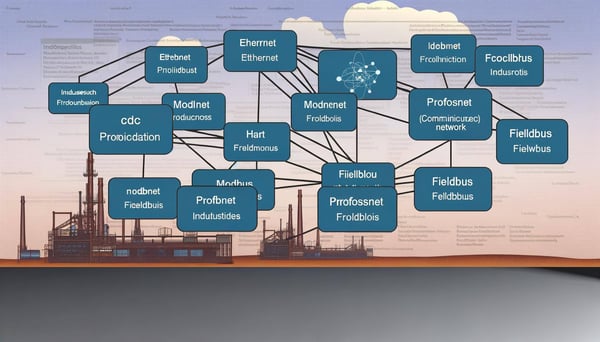
Fundamentals of I2C
In the world of industrial communication, protocols play a crucial role in ensuring seamless interaction between devices. One such protocol that stands out for its simplicity and efficiency is the Inter-Integrated Circuit, commonly known as I2C. This protocol, developed by Philips Semiconductors, is now widely used in various industrial applications due to its robustness and ease of implementation.
The Basics of I2C
The I2C protocol is a multi-master, multi-slave, packet switched, single-ended, serial computer bus. It is primarily used for attaching lower-speed peripheral ICs to processors and microcontrollers in short-distance, intra-board communication. The beauty of I2C lies in its simplicity. With only two bus lines required, a data line (SDA) and a clock line (SCL), it allows for easy communication between devices.

One of the key features of I2C is its ability to support multiple master and slave devices on the same bus. This makes it an ideal choice for complex systems where multiple devices need to communicate with each other. Moreover, its built-in collision detection and arbitration features ensure that data integrity is maintained even in the event of simultaneous communication requests.
Master and Slave Devices
In an I2C communication, the master device is the one that initiates the communication. It generates the clock signals, and is responsible for terminating the communication. On the other hand, the slave device is the one that responds to the master. It receives the clock signals and sends or receives data based on the instructions from the master.
Each slave device on the I2C bus has a unique address. This allows the master device to communicate with a specific slave device without interfering with others. The master device sends the address of the slave device it wants to communicate with, and only that device responds to the master's commands.
How I2C Works
The operation of I2C is based on a simple master-slave relationship. The master device initiates the communication by generating a START condition. This is followed by sending the address of the slave device it wants to communicate with. Once the slave device acknowledges the address, the master device can start sending or receiving data.
After the data transfer is complete, the master device generates a STOP condition to end the communication. If there are multiple master devices, the one that generates the START condition first gets the control of the bus. If two or more masters generate the START condition at the same time, the one with the highest priority (based on the address) gets the control.
Data Transfer
Data transfer in I2C is done in bytes. Each byte is followed by an Acknowledge bit. The master device sends the data byte, and the slave device acknowledges it by pulling the SDA line low. If the slave device does not pull the SDA line low, it means that it did not acknowledge the data byte, and the master device has to stop the data transfer.
The data transfer can be in both directions. The master device can send data to the slave device, or request data from the slave device. The direction of data transfer is determined by the Read/Write bit that is sent after the address byte. If the bit is set to 0, it means that the master device wants to write data to the slave device. If the bit is set to 1, it means that the master device wants to read data from the slave device.
Applications of I2C
The simplicity and efficiency of I2C make it a popular choice for a wide range of applications. It is commonly used in devices like LCD displays, temperature sensors, real-time clocks, and digital potentiometers. It is also used in devices that require a simple and reliable communication method, like microcontrollers and digital signal processors.
One of the main advantages of I2C is its ability to support multiple devices on the same bus. This makes it an ideal choice for complex systems where multiple devices need to communicate with each other. Moreover, its low pin count makes it a cost-effective solution for devices with limited pin availability.
Limitations of I2C
Despite its many advantages, I2C is not without its limitations. The main limitation is its speed. With a maximum speed of 3.4 Mbps, it is not suitable for applications that require high-speed data transfer. Moreover, the length of the I2C bus is limited by the capacitance of the bus lines. This makes it unsuitable for long-distance communication.
Another limitation is the need for pull-up resistors on the SDA and SCL lines. These resistors are needed to pull the lines high when they are not being driven low. However, they increase the power consumption of the device, making I2C less suitable for low-power applications.
Conclusion
In conclusion, I2C is a simple and efficient communication protocol that is widely used in various industrial applications. Its ability to support multiple devices on the same bus, along with its low pin count, makes it a popular choice for many designers. However, its limitations in speed and distance, as well as its increased power consumption, should be taken into account when choosing a communication protocol for your application.

Despite these limitations, the benefits of I2C often outweigh its drawbacks, making it a reliable and robust choice for many industrial communication needs. With its simplicity and efficiency, it continues to be a trusted protocol in the world of industrial communication.



